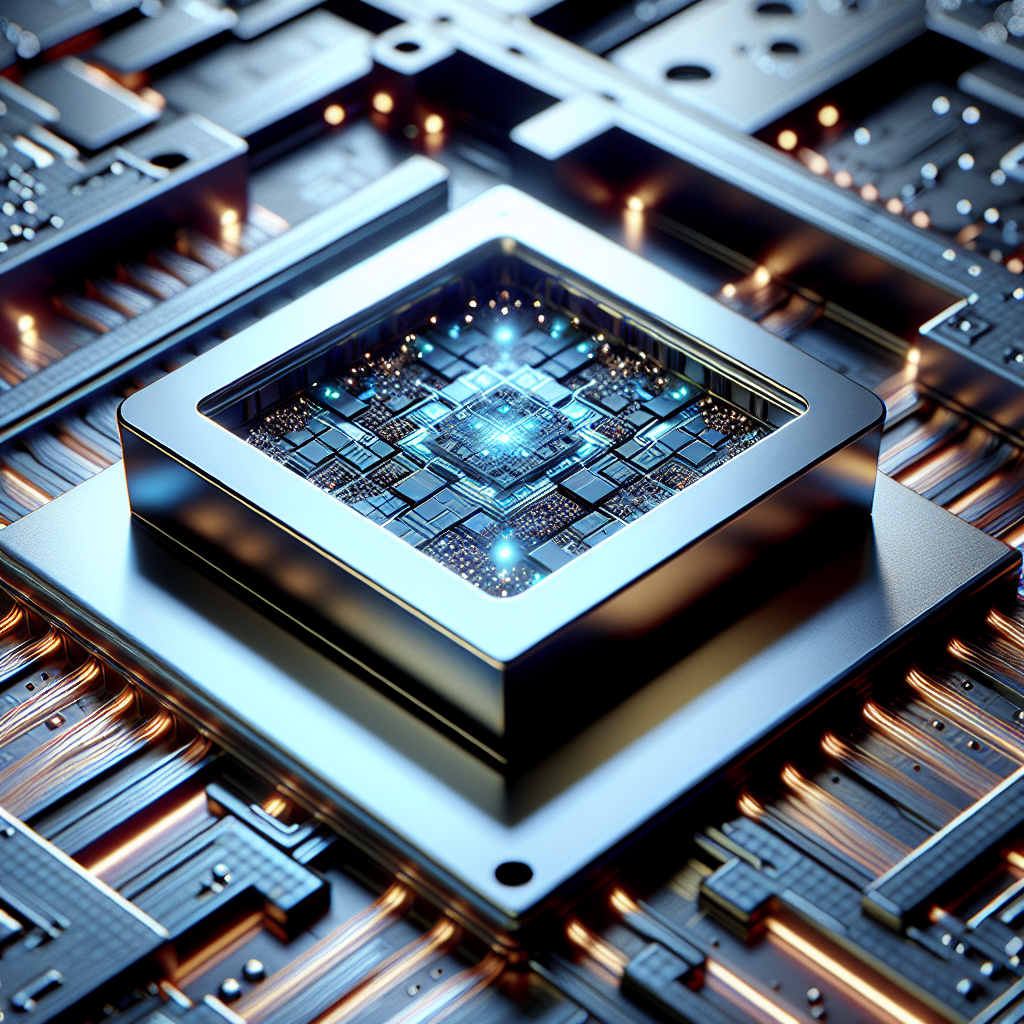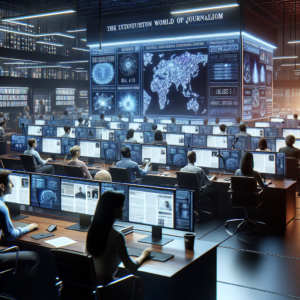Microsoft’s Majorana 1 Chip Carves New Path for Quantum Computing
Quantum computing has long been heralded as the next frontier in technology, promising to revolutionize the way we process information and solve complex problems. Microsoft has taken a significant step in this direction with the introduction of its Majorana 1 chip, which is poised to redefine how quantum computing is approached. This new development not only showcases Microsoft’s commitment to advancing quantum technologies but also highlights the potential benefits that can be realized through this new computing paradigm.
Understanding Quantum Computing
Before delving into the specifics of the Majorana 1 chip, it’s essential to understand what quantum computing entails. Unlike classical computers that use bits as the smallest unit of data, quantum computers utilize qubits. Qubits can exist in multiple states simultaneously, thanks to the principles of superposition and entanglement. This allows quantum computers to perform complex calculations at a speed unimaginable by traditional systems.
The potential applications of quantum computing are vast and include areas such as cryptography, material science, medicine, and artificial intelligence. However, building stable and scalable quantum computers has posed significant challenges for researchers and engineers.
The Majorana 1 Chip: A Game Changer
Microsoft’s Majorana 1 chip represents a pivotal moment in the field of quantum computing. The chip is named after the Majorana fermion, a type of particle that has unique properties that make it ideal for quantum computing applications. The Majorana 1 is designed to facilitate the creation of topological qubits, which are expected to be more stable and less prone to errors than traditional qubits.
This stability arises from the topological nature of these qubits, which are less affected by external noise and interference. This is a crucial advancement, as error rates in quantum computing have traditionally been a significant barrier to practical applications. The introduction of topological qubits could lead to more reliable quantum computations, making it feasible for businesses and researchers to adopt this technology at scale.
Key Features of the Majorana 1 Chip
The Majorana 1 chip comes packed with several key features that set it apart from its predecessors:
1. Stability: The topological qubits are designed to maintain their state longer, providing a more reliable platform for quantum computations.
2. Scalability: Microsoft’s architecture allows for easier scaling, enabling the integration of more qubits without significant increases in complexity or error rates.
3. Compatibility: The Majorana 1 chip is designed to be compatible with existing quantum software frameworks, making it easier for developers to build applications on top of this technology.
4. Versatility: The chip can potentially be used across various quantum computing applications, from optimizing logistics to accelerating drug discovery.
The Impact on the Quantum Computing Landscape
The introduction of the Majorana 1 chip is expected to have far-reaching implications for the quantum computing landscape. By providing a more stable and reliable platform for quantum calculations, Microsoft is not only advancing its own quantum research agenda but also encouraging investment and interest in the field from other technology companies and research institutions.
Furthermore, the successful implementation of the Majorana 1 chip could instigate a new wave of innovation in quantum algorithms and applications. As more companies begin to explore the potential of quantum computing, we may witness breakthroughs in various fields such as finance, healthcare, and artificial intelligence.
Challenges Ahead
Despite the promise of the Majorana 1 chip and the advancements it brings, challenges remain. Building a fully functional and commercially viable quantum computer involves overcoming several hurdles, including:
– Error Correction: Even with the stability of topological qubits, error correction remains a significant challenge. Developing effective algorithms to correct errors is essential for reliable computations.
– Resource Requirements: Quantum computers still require substantial resources in terms of power and cooling to operate effectively. Optimizing these aspects is crucial for practical applications.
– Skill Gap: The field of quantum computing is still relatively new, and there is a significant skills gap. Training experts who can effectively work with and develop quantum technologies is essential for moving the industry forward.
The Future of Quantum Computing with Microsoft
Looking ahead, Microsoft’s Majorana 1 chip could be a catalyst for a new era in quantum computing. The company’s approach emphasizes the importance of building practical, scalable quantum computers that can be utilized in real-world applications. With ongoing research and development, Microsoft is positioning itself at the forefront of this transformative technology.
Moreover, the rise of quantum computing could lead to a paradigm shift in various sectors, enabling businesses to tackle problems that were previously deemed unsolvable. As industries begin to harness the power of quantum computing, we may see unprecedented advancements in technology and research.
Conclusion
In conclusion, Microsoft’s Majorana 1 chip is a significant milestone in the journey toward practical quantum computing. Its innovative design and the introduction of topological qubits represent a promising step forward in overcoming some of the most significant challenges in the field. With stability, scalability, and versatility at its core, the Majorana 1 chip could pave the way for a future where quantum computing becomes an integral part of technological advancement.
As we stand on the brink of this new era, it will be exciting to see how Microsoft and other players in the quantum computing space leverage this technology to drive innovation and solve complex global challenges. The implications for society and industry could be profound, and the journey is just beginning.



